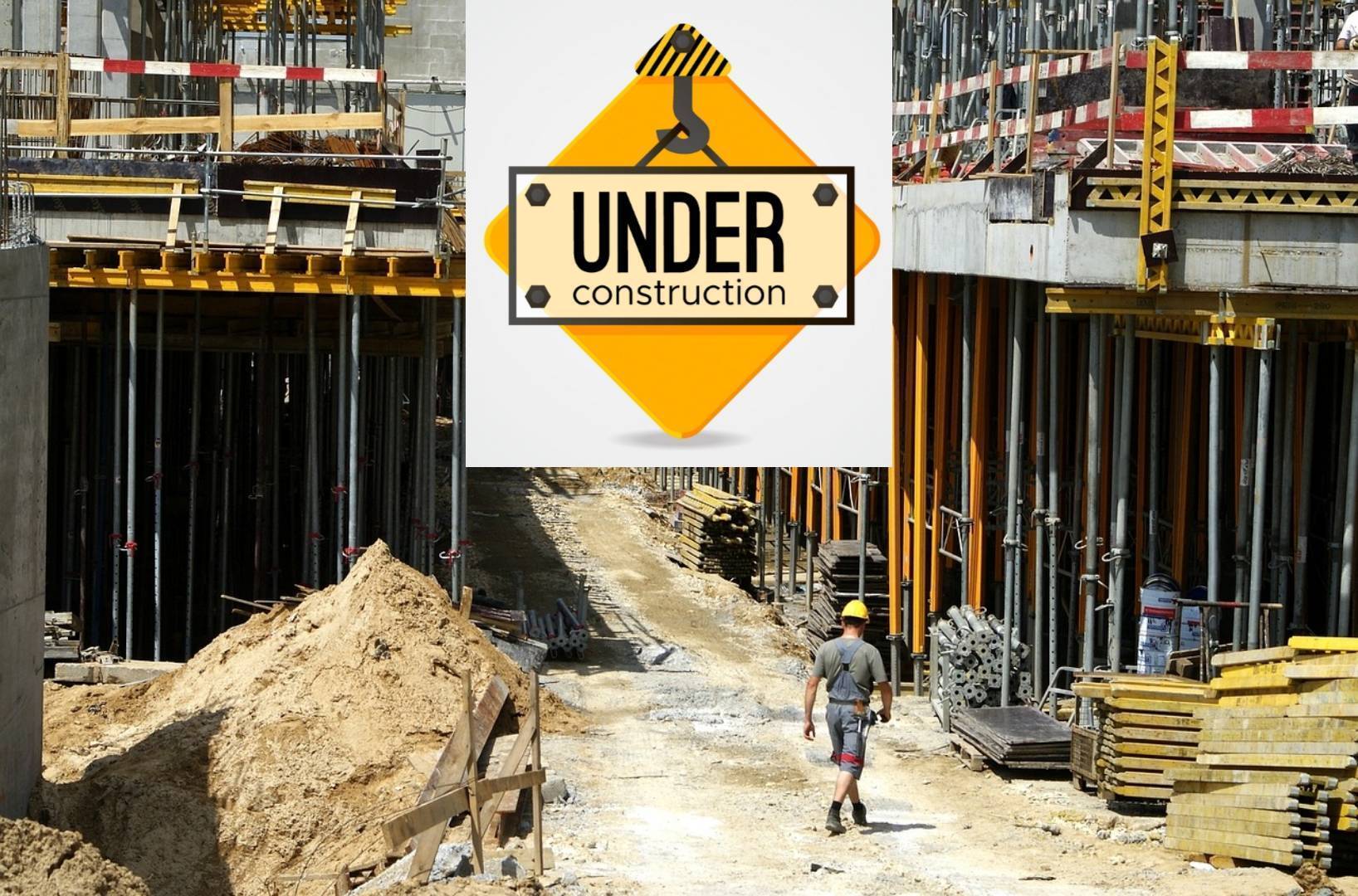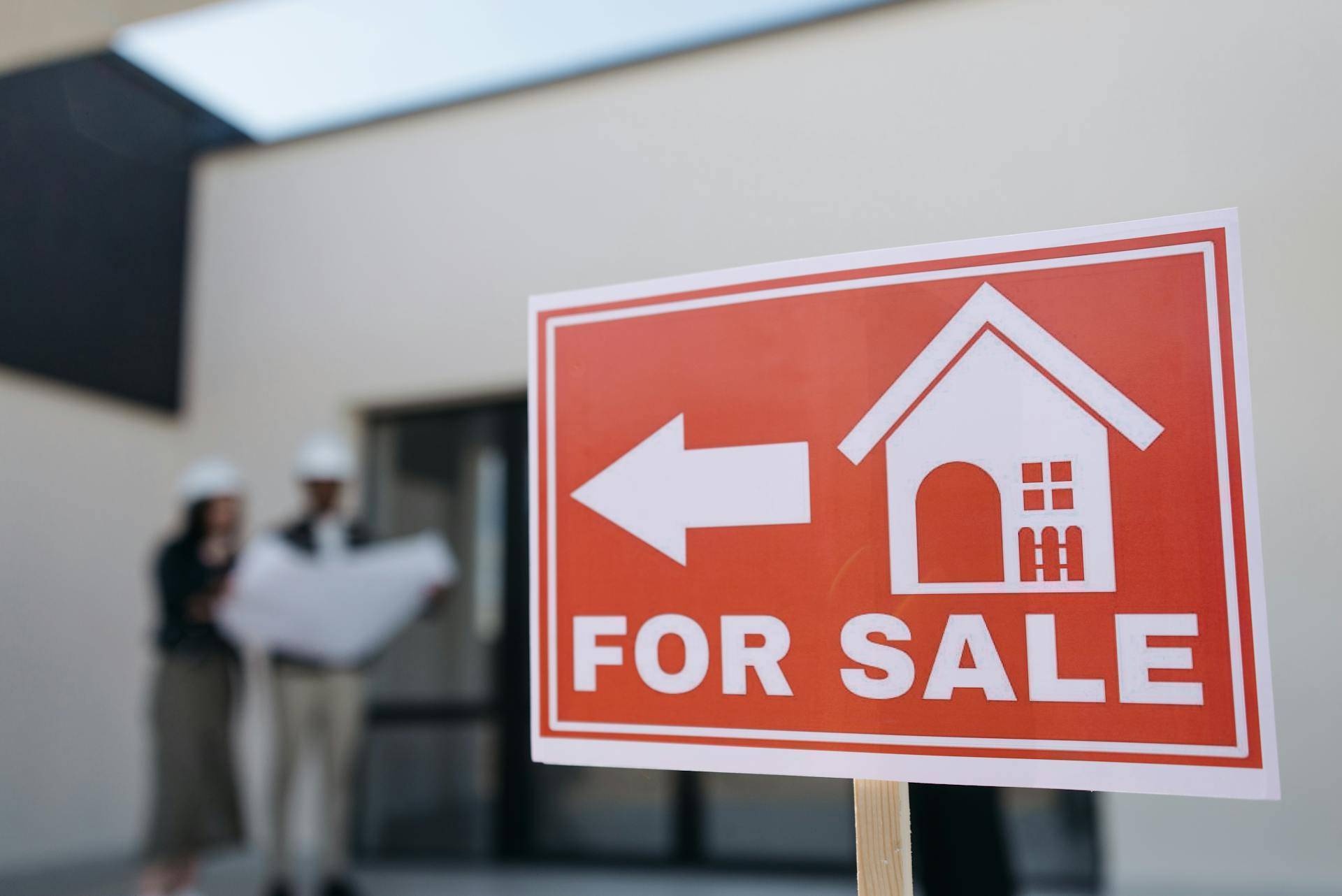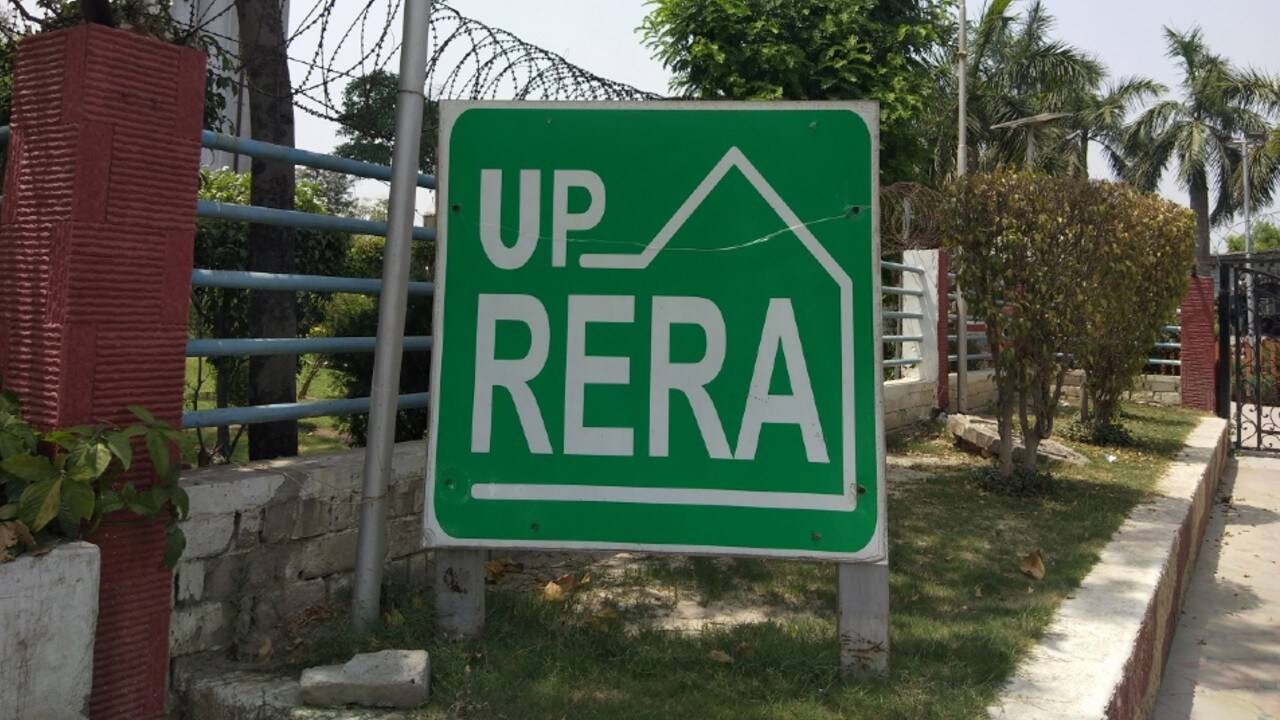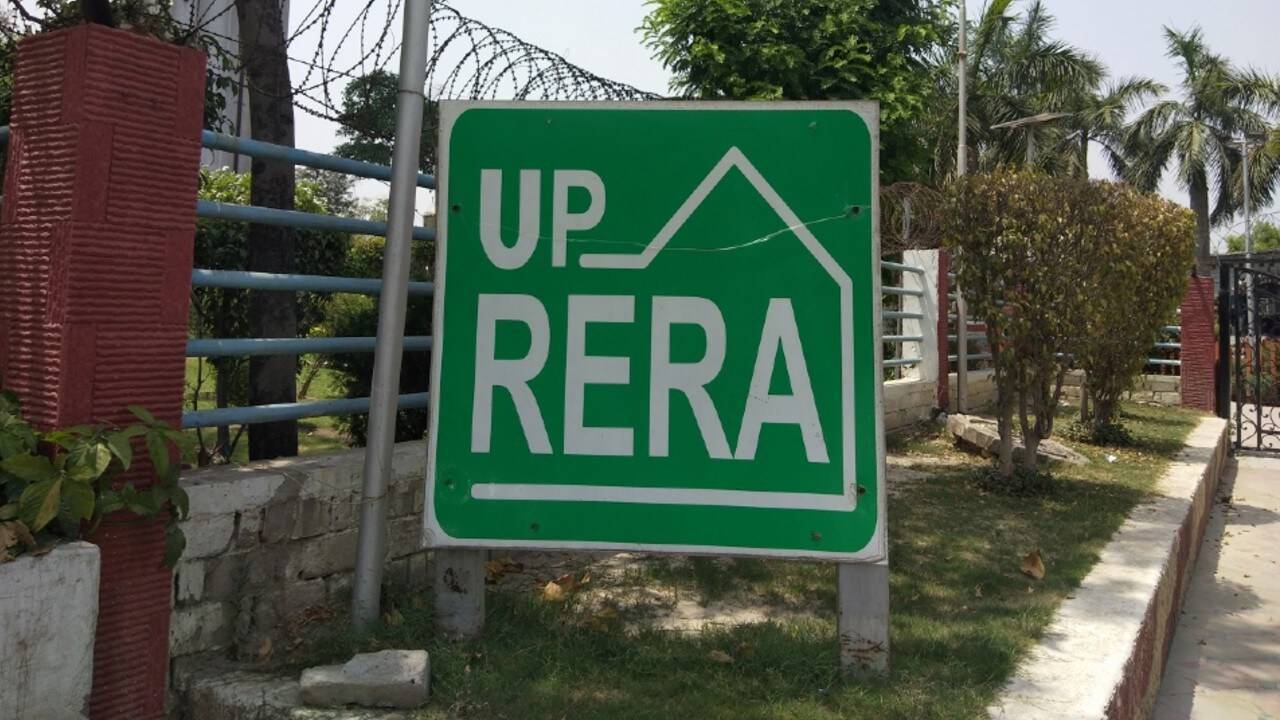The Real Estate (Regulation and Development) Act, 2016 (RERA), introduced to regulate the real estate sector, emphasizes the timely delivery of projects and transparency between builders and homebuyers. However, despite a builder’s best efforts, unforeseen delays can arise. RERA recognizes these challenges and provides provisions for project extensions in specific circumstances.
In this regulatory feature , we break down the extension process for builders, focusing on force majeure events, reasonable circumstances, and the role of allottees, while elaborating on Sections 6, 7, and 8 of the Act.
Extension Due to Force Majeure
One of the most common reasons for project delays is the occurrence of force majeure events. These are situations beyond the control of the builder that significantly hinder project progress.
Force Majeure Under Section 6
RERA allows builders to apply for an extension of up to one year when they face force majeure events. These events include natural calamities, wars, or other unforeseen disasters. Builders must provide proof of the force majeure event to the regulatory authority to be granted this extension. This provision offers relief to builders, ensuring that delays caused by uncontrollable factors are not penalized.
- Force majeure events that may qualify for an extension include:
- Natural Calamities: Earthquakes, floods, and other environmental disasters.
- Wars or Civil Unrest: Conflicts that disrupt construction activities.
- Epidemics or Pandemics: Such as the COVID-19 crisis, which caused widespread disruptions in construction timelines.
Builders must be transparent and provide adequate documentation of the event to qualify for the extension.
Extensions for Reasonable Circumstances
Not all delays arise from force majeure events. There are situations where the builder faces unavoidable challenges not caused by external disasters.
Reasonable Circumstances for Extension
Builders can request a one-year extension under reasonable circumstances that are beyond their control but do not qualify as force majeure. Examples of reasonable circumstances include:
- Delays in Government Approvals: Builders often need various permissions from local authorities, such as environmental clearances, permits, and utility connections.
- Unexpected Legal Hurdles: Issues such as land disputes or litigation can delay project timelines.
- Supply Chain Disruptions: Shortages of materials or delays from suppliers can hinder construction progress.
For an extension under reasonable circumstances, builders must demonstrate that they acted in good faith and that the delay was not due to negligence. Builders will need to present a strong case to the regulatory authority, which will decide whether to grant the extension. If approved, a fee for the extension may be required.
Section 7: Revocation of Builder Registration
While RERA provides provisions for extensions, it also holds builders accountable. Section 7 outlines the steps the regulatory authority can take if a builder repeatedly fails to deliver, even after receiving extensions.
Revocation of Registration Under Section 7
If a builder is unable to meet project deadlines despite receiving an extension, the regulatory authority has the power to revoke the project’s registration. Before revocation, the builder is usually given an opportunity to rectify the delays or other issues. However, if the builder fails to meet the required standards, RERA can take over the project.
This provision is significant for builders, as revocation leads to the loss of control over the project. Additionally, the builder’s reputation within the industry can be severely damaged.
Section 7(3) and Project Extensions by RERA Authority
RERA gives the regulatory authority the power to intervene if it believes that an extension is in the best interest of the homebuyers.
Section 7(3) Provisions: Authority’s Intervention
Under Section 7(3), the regulatory authority can grant an extension if the builder has faced challenges but there is still potential to complete the project. This extension can come with specific conditions:
- Engaging Third-Party Contractors: If the builder has struggled to meet deadlines, the authority may require the engagement of third-party contractors to ensure the timely completion of the project.
- Additional Terms: The regulatory authority may impose conditions to ensure that the builder meets the revised deadlines.
- For builders, Section 7(3) serves as a safety net, allowing them additional time to complete the project while the authority ensures that homebuyers’ interests are protected.
Section 8: Ensuring Project Completion
When the builder’s registration is revoked under Section 7, Section 8 steps in to ensure the completion of the project for the benefit of the homebuyers.
Project Completion Upon Revocation (Section 8)
In cases where the builder’s registration is revoked, Section 8 mandates that the regulatory authority take control of the project’s completion. This could involve:
- Appointing a New Builder: The authority may appoint a new builder to take over the project.
- Engaging Other Professionals: The authority may also bring in other professionals to ensure the project’s timely delivery.
Once the registration is revoked, the builder loses all rights to manage the project. The regulatory authority takes full responsibility for the completion, ensuring that homebuyers receive the property they purchased.
Conclusion
For builders, RERA provides a structured framework for project extensions, allowing flexibility in genuine cases while holding builders accountable for delays. Whether due to force majeure or reasonable circumstances, builders can apply for extensions, but they must maintain transparency and act in good faith.
Sections 6, 7, and 8 ensure that while builders have the opportunity to extend deadlines, they are still bound by strict oversight to protect the interests of homebuyers. Ultimately, timely delivery and open communication are key to successfully managing RERA’s extension provisions.









.png)